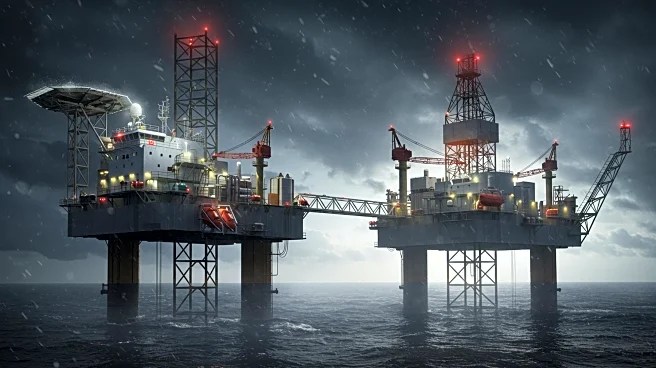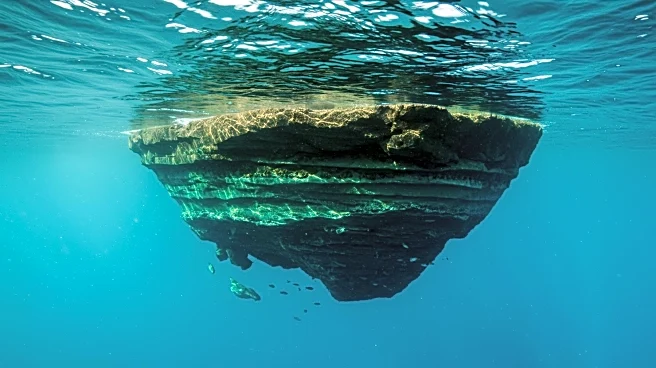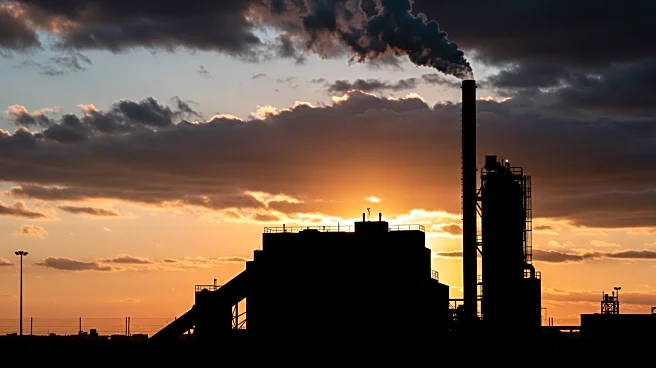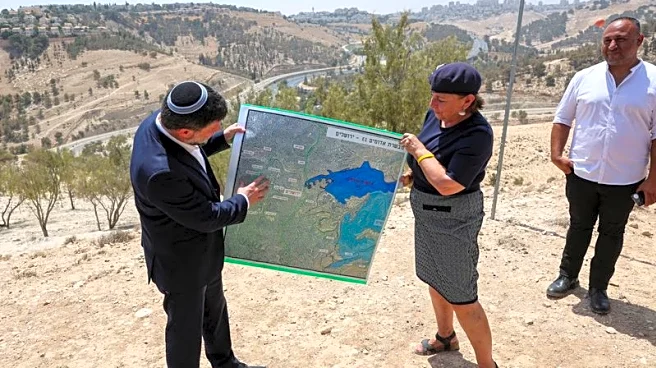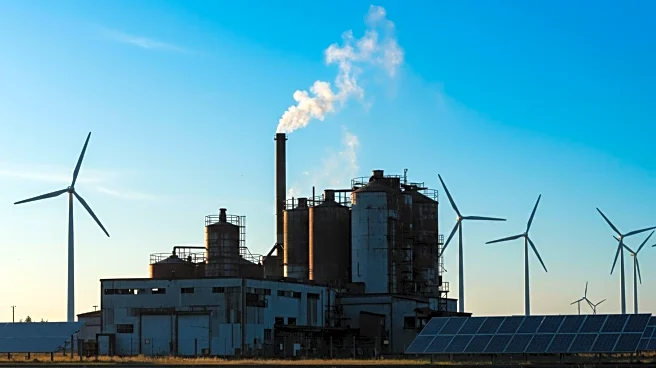Rapid Read • 6 min read
Researchers have discovered 'sinkites' in the North Sea, where sand layers have inverted, challenging traditional geological principles. This finding reveals that younger sediments can lie above older ones, which could reshape our understanding of sedimentary processes. The discovery impacts carbon storage projects significantly, as these sinkites indicate the largest known stratigraphic inversion. Scientists from Norway and the UK have identified hundreds of these formations, which have sunk deeper into the ocean's crust, swapping places with older layers.
AD
The discovery of sinkites in the North Sea has significant implications for carbon storage initiatives and geological assessments. Understanding these large-scale inversions could lead to advancements in predicting underground reservoirs and improving carbon storage safety. This challenges conventional stratigraphic principles and may enhance carbon capture and storage strategies. The findings highlight the need for further research into sediment dynamics and their implications for climate change mitigation.
Further research into the formation and implications of sinkites is necessary to understand their impact on carbon storage strategies. Scientists may explore new methods for effective carbon storage, potentially paving the way for innovative solutions to combat climate change. The discovery raises questions about the Earth's geological processes and how such large-scale inversions occur, which could improve geological assessments and carbon capture strategies.
AD
More Stories You Might Enjoy
